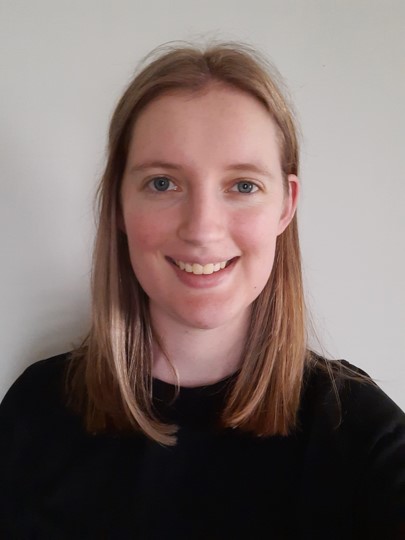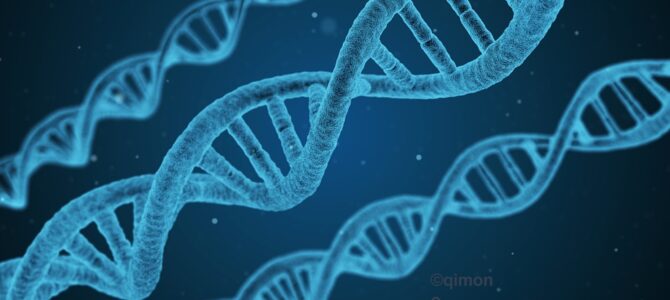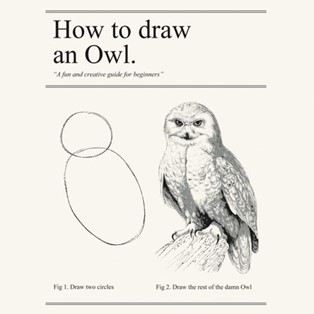by Dr. Kate Farquharson (Post-doc)
In the AWGG lab, we are generating genomic resources for diverse Australian vertebrates, including birds, marsupials, amphibians and reptiles. However, following bioinformatics instructions can sometimes feel a bit like this:
And for non-model organisms, it can feel like being asked to draw an owl when you don’t even know what one looks like (or worse, imagine being given a picture of a human as a reference point). So, how do we make bioinformatics more accessible to people getting started? We have been working hard to carefully document our in-house workflows and contribute to public how-to guides, such as the Genome Assembly with Galaxy guide.
Documenting your work not only helps others but can be a useful way to remember what you have done before! Good documentation can help you to train others, present your methods and ensure your analysis is reproducible. Some tips for documenting your work include:
- Always keep track of the software and versions used
- Try out an editor such as Visual Studio Code, which allows you to easily insert code and scripts and integrates well with Github
- Don’t forget your science brain! It can be very easy to follow a tutorial from start to finish but have no idea what the end result means. A few sentences to justify your approach and explain how you interpret your results will help others use your guide correctly
Good documentation is just one step we are working on as part of the Threatened Species Initiative and ARC Centre of Excellence in Peptides and Protein Science to make genomics and bioinformatics more accessible to conservation end-users.
Author

Dr Kate Farquharson is a Postdoctoral Research Associate in Bioinformatics within the ARC Centre of Excellence for Innovations in Peptide & Protein Science. She applies bioinformatic approaches to the assembly and annotation of genomes and transcriptomes of Australian species to identify targets for peptide discovery. Kate completed her PhD in the AWGG lab in 2020, where she used statistical and molecular genetic approaches to investigate adaptation to captivity in conservation breeding programs. Kate specialises in synthesising, analysing and interpreting data, and in communicating results clearly to a range of audiences.

